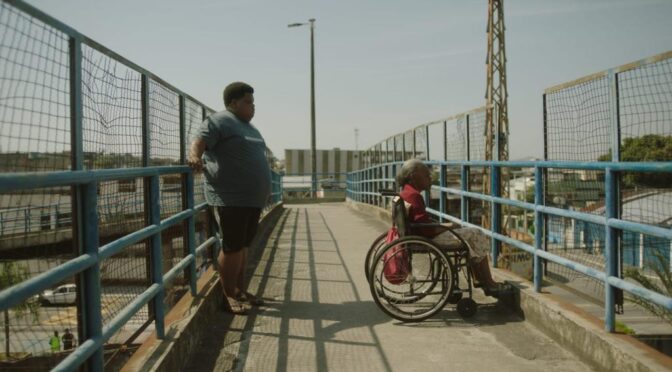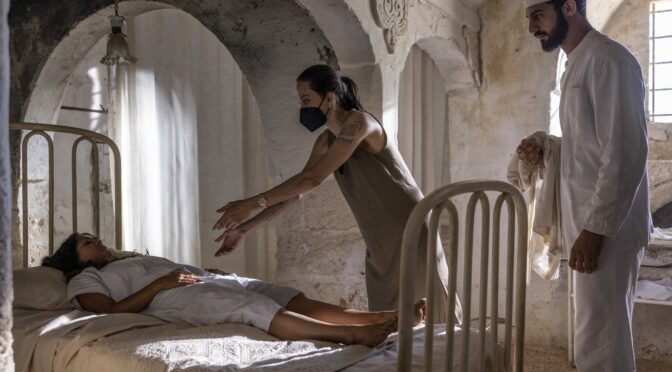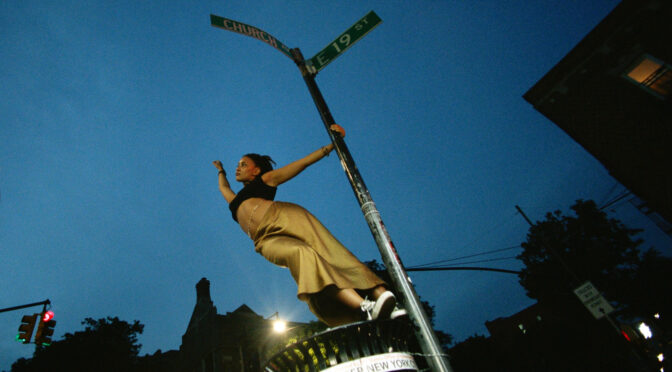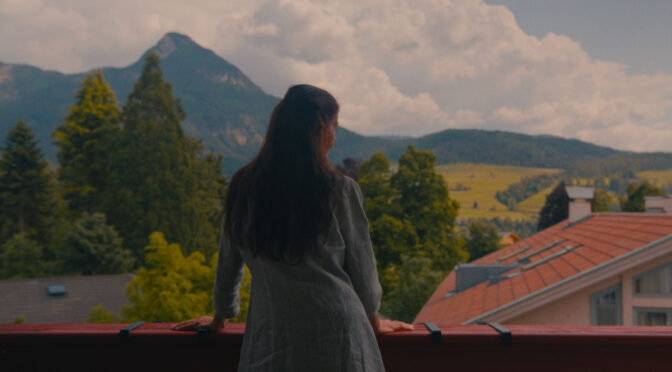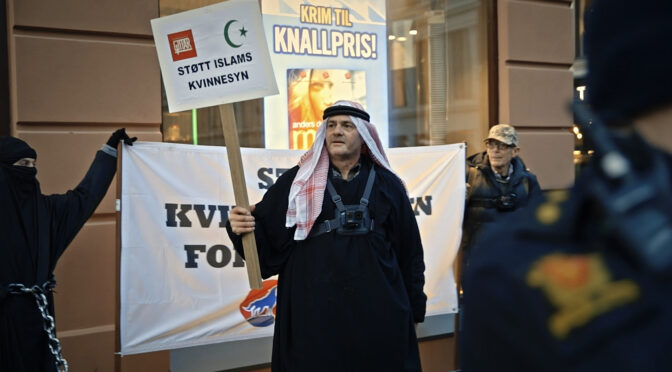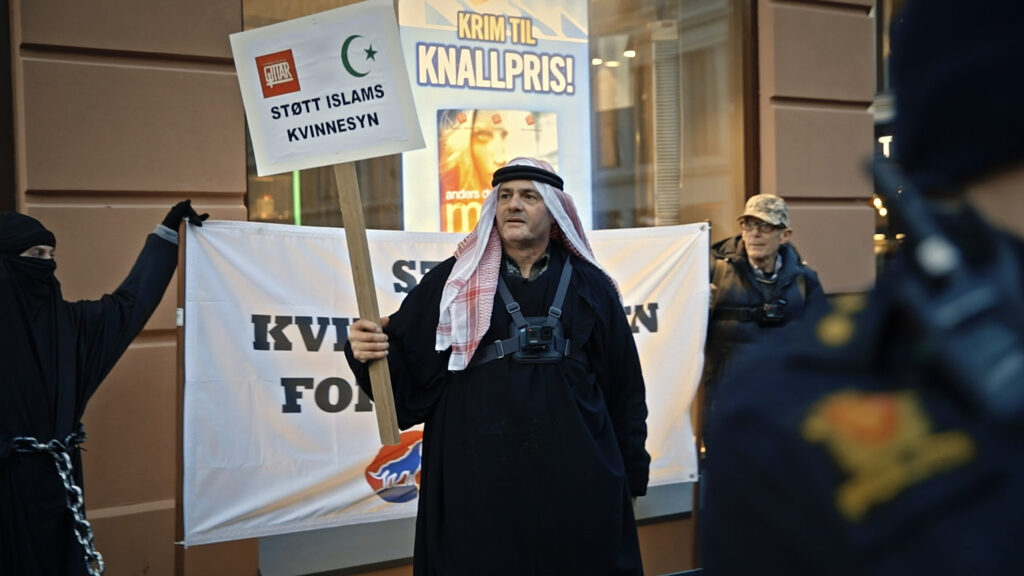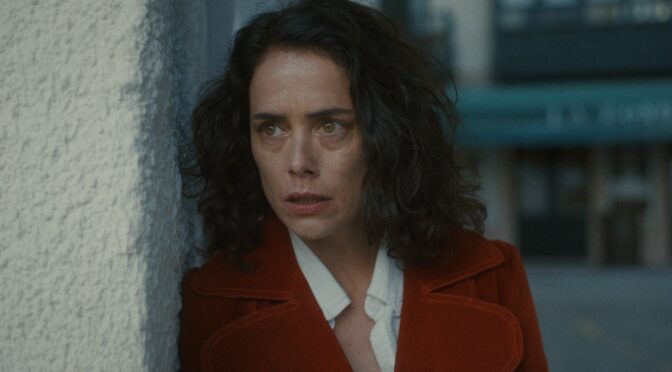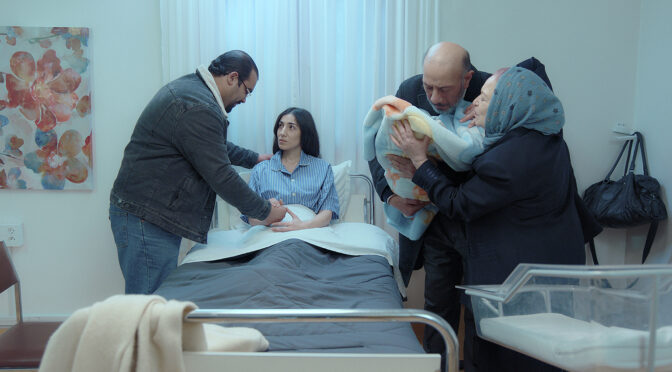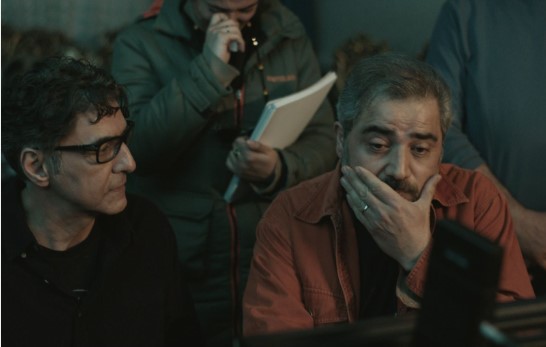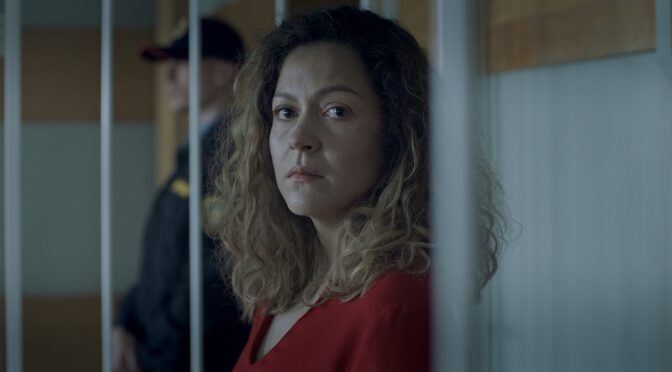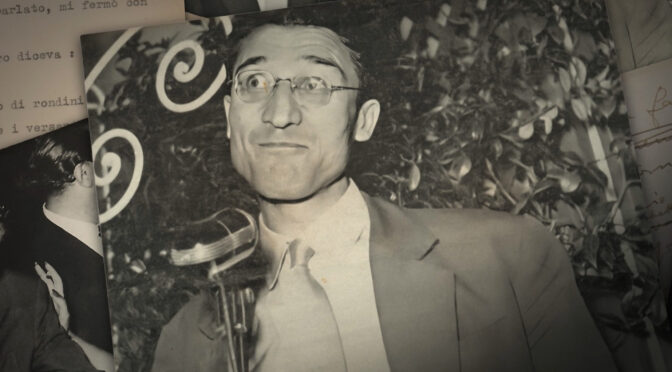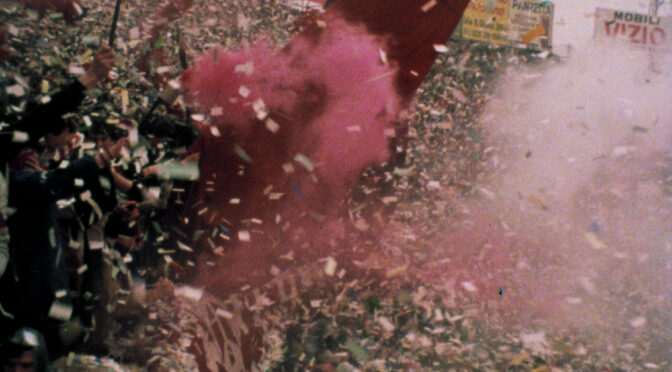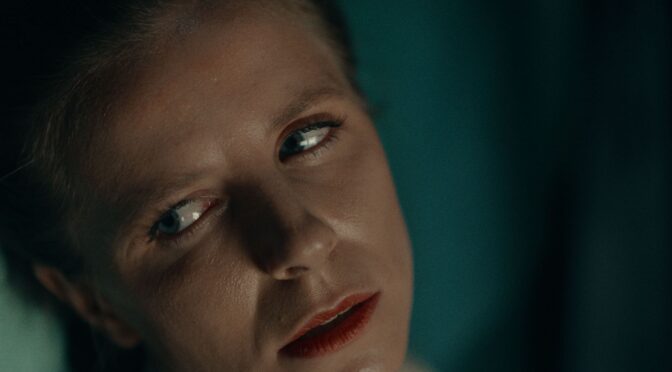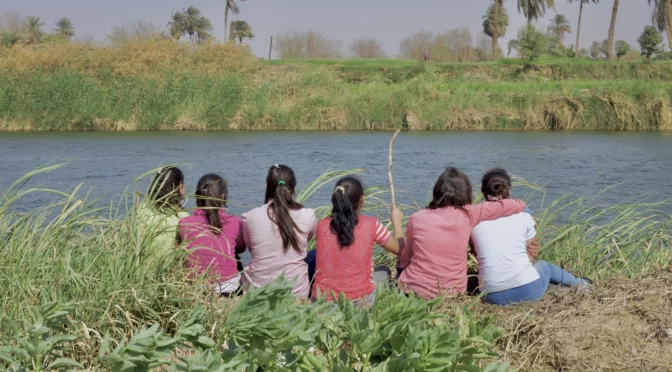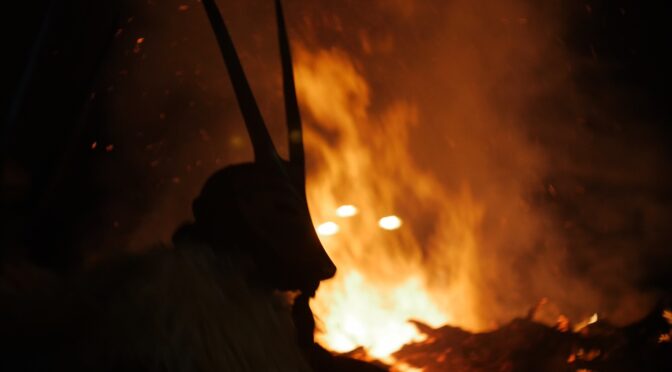Article by Greta Maria Sorani
Translation by Federica Lozito
“The figure of the shaman arose in primitive societies to solve basic problems for the survival of societies. He tends to assume the behavior of an ecstatic character, acting as a bridge between spiritual and earthly energies, a channel for the divine will and for the forces of nature that he makes available to humanity through love and understanding”. This is an academic description of the shaman, the leading figure in City of Wind (2023), the feature debut by Mongolian director Lkhagvadulam Purev-Ochir, which was presented in the Horizons section of the 80th Venice Film Festival.
Continua la lettura di “CITY OF WIND” BY LKHAGVADULAM PUREV-OCHIR


